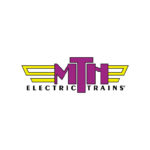You are here:
MTH Electric Trains 8032161 S 3/6 Express Steam Locomotive w/Proto-Sound 3.0 DB 4-6-2 #3641 DCC Sound Lights Smoke
MTH Electric Trains 8032161 S 3/6 Express Steam Locomotive w/Proto-Sound 3.0 DB 4-6-2 #3641-DCC & Sound with Directional Lights Synchronised Smoke Operating Firebox Glow and in Cab Engineer and Fireman Figures (2)
1 in stock
Description
MTH Electric Trains 8032161 S 3/6 Express Steam Locomotive w/Proto-Sound 3.0 DB 4-6-2 #3641-DCC & Sound with Directional Lights Synchronised Smoke Operating Firebox Glow and in Cab Engineer and Fireman Figures (2)
Pre-owned, very good condition
Description
S 3/6 Express Steam Locomotive w/Proto-Sound 3.0 – KBayStsB (Era I, Green w/Red Wheels) Cab # 3641
Road-name: KBayStsB
Product Item Number: 80-3216-1
Catalogue DV 2013 HO Volume 1
Product Line: MTH HO
Scale: HO Scale
Delivery Status: Delivered Jan. 2017
Regarded by European enthusiasts as one of the most beautiful and successful of all steam locomotives, the Class S 3/6 (“S” for schnellzuglok, indicating an express passenger engine, and 3/6 to indicate 3 powered axles, 6 axles total) was built by A G Maffei beginning in 1908 and showcased the talent of that firm’s chief designer, Heinrich Leppla. The stylish conical smokebox front of the S 3/6 was complemented by a handsome holly green paint scheme. Two inboard high pressure cylinders and two outboard low pressure cylinders drove the center axle. The S 3/6 was one of the first European engines to follow the American practice of casting the cylinders and smoke box saddle as one huge casting, which gave the engine a distinctive look. The majority of the class were fitted with 74″ drivers to conquer Bavaria’s mountainous terrain. A smaller group of S 3/6 engines, however, was built with 79″ drivers for high-speed service on flatter routes and acquired the nickname “High Steppers.”
After nationalization in 1920, the engines were painted in the black and red Deutsche Reichsbahn (DR) scheme and became classes 18.3 through 18.5. While the DR intended to develop new standard engines of its own, the S 3/6 was deemed so good that the DR continued to order new engines of this 1908 design through 1931. The relatively light axle loading of the S 3/6, 18 tons, was also a plus, as the DR was behind schedule in upgrading main lines to its new 20-ton standard. So successful were the Bavarian Pacifics that they were chosen over more modern power to lead the glorious cream and blue Rheingold Express on part of its scenic route down the Rhine Valley, both before and after WWII. An S 3/6 could also be seen often on the point of the Orient Express.
Even after World War II, the aging engines continued to be great performers. A large number were modernized with new boilers and became the most economical steamers on the Deutsche Bundesbahn (DB), the new name for West Germany’s railroad system. By the 1960s however, the S 3/6 class, which originally numbered 159 locomotives, had been retired, with a number of engines preserved in museums or in operating condition. This superbly detailed, smooth running model of one of Europe’s favorite steam engines is offered in original Royal Bavarian paint schemes and post-nationalization black and red.
Did You Know?
As reparations after World War I, three S 3/6 steamers went to Belgium and 16 were given to France.
Features:
Additional information
| Weight | 2500 g |
|---|---|
| Brand | MTH |
| Condition | Pre-Owned |
| Scale | OO/HO Gauge |
| Format | Locomotive |
| Livery | Royal Bavarian State Railways Green Red Wheels |
| Locomotive Class | BR18 (ex-S 3/6) |
| Status | DCC Sound Fitted |
| Prime Power | Steam |
| ERA | ERA 1 (1804-1874) |
| Decoder Type | Proto-Sound 3.0 |
| Finish | Pristine |
| Wheel Config | 04-06-02 |
| Minimum Radius | Radius 2 |
| Operator | Royal Bavarian State Railways |
| Built By | Royal Bavarian State Railways |
Related Products
Related products
-
Sale!
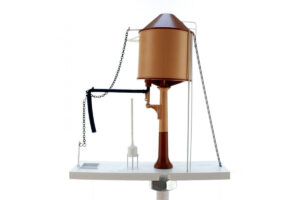
Dapol 4A-002-004 GWR Water Tower Conical Top Light and Dark Stone MOTORISED
£46.58Original price was: £46.58.£41.95Current price is: £41.95.1 in stock
-
Sale!
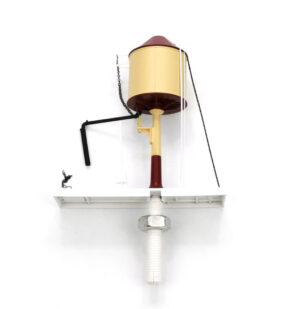
Dapol 4A-002-001 GWR Water Tower – Conical Top – Chocolate and Cream
£23.27Original price was: £23.27.£19.99Current price is: £19.99.1 in stock
-
Sale!
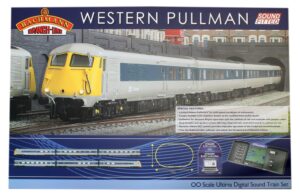
Bachmann 30-420 Western Pullman Dynamis Ultima Digital Sound Opened but New
£849.99Original price was: £849.99.£725.00Current price is: £725.00.Saving (£224.95)1 in stock
-
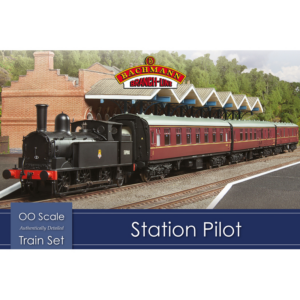
Bachmann 30-180 Station Pilot Train Set
£189.95Saving (£85.00)2 in stock
-
Sale!

Accurascale ACC2536CDA-DB2 CDA – DB – Pack 2
£74.95Original price was: £74.95.£69.99Current price is: £69.99.7 in stock


